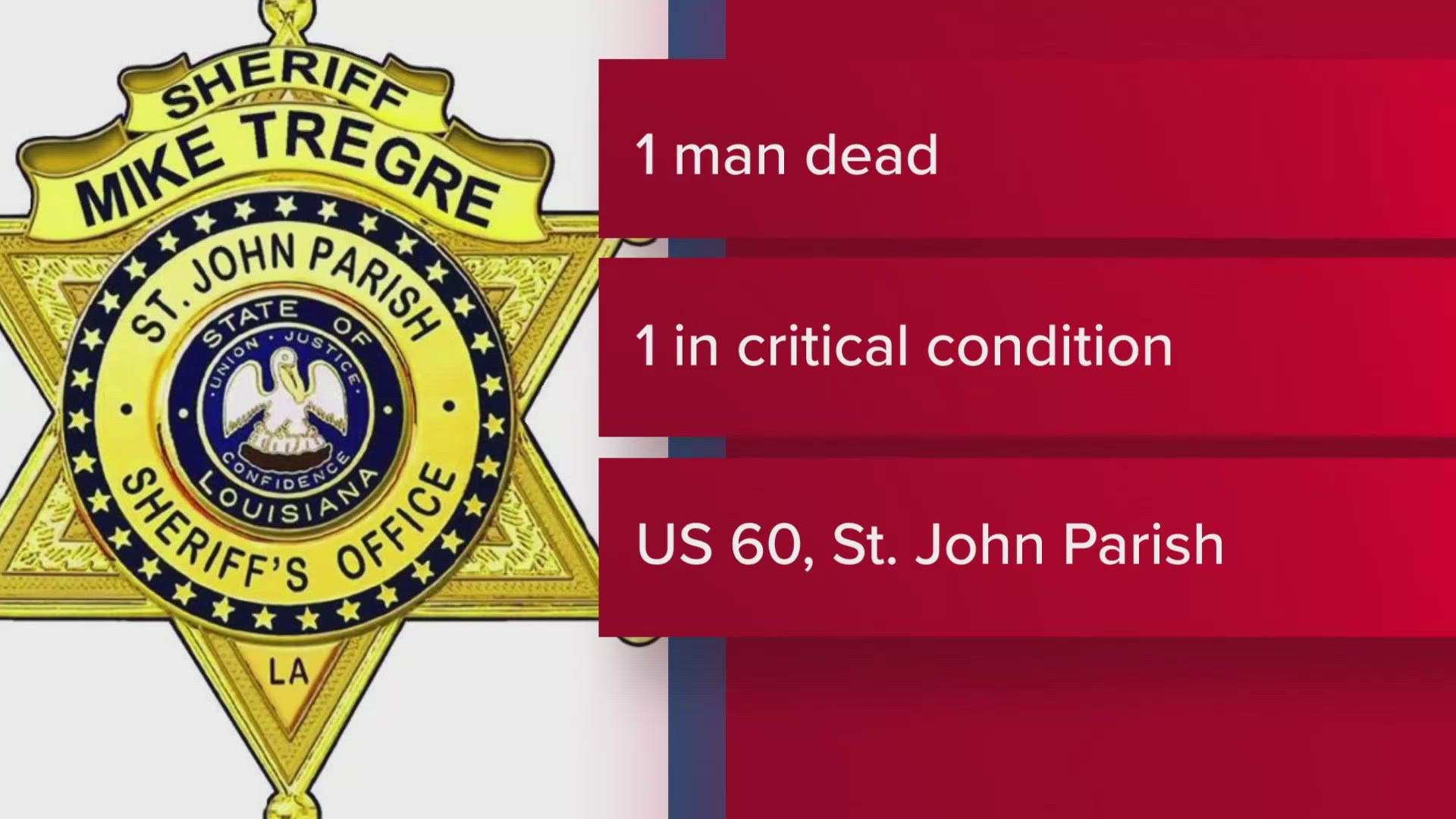Dominic Massa / Eyewitness News
Arthur Q. Davis, the architect who, along with his partner Nathaniel Curtis, designed the Superdome, New Orleans Arena, New Orleans Public Library, Rivergate and countless other schools, churches and buildings in the city, has died. He was 91.
Davis was active well into his 80s, as one of the preeminent architects in the city, whose imprint on its skyline, though not without its critics, is still felt.
'As architects, we have a significant obligation to our society, to our profession, to the arts, and to our fellow men,' Davis wrote in his 2009 memoir. 'How fortunate I am to have been part of such a noble profession.'
His Curtis and Davis firm, established with Buster Curtis in 1947, became known for projects worldwide, including a long list of local landmarks including the Royal Orleans, Royal Sonesta, Marriott and Hyatt Regency hotels as well as the city's iconic Superdome and Rivergate Exhibition Center.
Their modernist style would not always be met with applause in a city such as New Orleans, where historic architectural styles are carefully preserved. Davis said that he and Curtis knew that, early on.
'Most of the architects in the South were doing traditional architecture at that time.... We would either sink or swim on the premise that we would be known as 'modern' architects. We promoted the idea that we were young architects wanting to do contemporary architecture in New Orleans,' Davis wrote.
Curtis, who died in 1997, and Davis were selected as the architects of the Superdome after Gov. John McKeithen asked the deans of the Louisiana's architecture schools to send him recommendations. They recommended two: Curtis and Davis and the firm of Skidmore, Owings, and Merrill of New York.
'The Louisiana Superdome has stood the test of time,' Davis wrote. 'Many domes have been built since, but I don't believe any has a better design, and that includes those with retractable roofs. They are trendy and theatrical, but I don't think they make for a better building.'
Davis commented on the huge scope and size of the building, whose price tag inflated along with local leaders' hopes for the building's impact.
'We were delighted to build a bigger and better stadium than the Astrodome, but the governor's ideas would cost considerably more than the $35 million which had been authorized by the legislature,' Davis wrote. The final price tag ballooned to more than $156 million.
After splitting with Curtis, Davis established his own firm and later designed the New Orleans Arena next door to the Superdome.
While the Superdome, recently renovated, has withstood the test of time and the ravages of Hurricane Katrina, other Curtis and Davis projects were not so fortunate. The Rivergate convention center was demolished to make way for Harrah's Casino.
'The demolition of the Rivergate diminished not only the downtown New Orleans area, but the city as a whole,' Davis wrote in his memoir, It Happened By Design, which coincided with an exhibition of his works at the Ogden Museum of Southern Art.
St. Frances Xavier Cabrini Church in Gentilly was another one of Curtis and Davis' landmark buildings to be demolished after Hurricane Katrina, amid controversy.
'The demolition...was a disaster for architecture and a personal one for me as well. It was one of our most beautiful buildings. It should have never been destroyed,' Davis wrote in his memoir.
His team also designed Thomy Lafon School in Central City which recently fell to the wrecking ball.
Other projects included the Louisiana State Penitentiary at Angola, Duncan Plaza near City Hall, the Automotive Life insurance building on Canal St. ('truly a gem,' Davis once said) and the Kiefer UNO Lakefront Arena.
International projects included the U.S. Embassy in Saigon, the Free University of Berlin Medical Center, and hotels and public buildings in many other foreign countries.
A native New Orleanian and World War II veteran, Davis was a Tulane University graduate who studied at Harvard University under modernist architecture giants Walter Gropius and Marcel Breuer.
Nathaniel 'Buster' Curtis approached him in 1947, inviting Davis, who was in Michigan at the time, to return home and open an architectural firm with him. Curtis' father, a distinguished architect in his own right, had taught both men.
'Our timing was ideal,' Davis wrote. 'After the war, there was a great deal of pent up demand for buildings in New Orleans, because during the war years there had been little private or municipal construction.'
Survivors include his wife, Mary; a son, Quint, producer and director of the New Orleans Jazz and Heritage Festival; and a daughter, Pam Friedler.
Funeral arrangements are pending.

